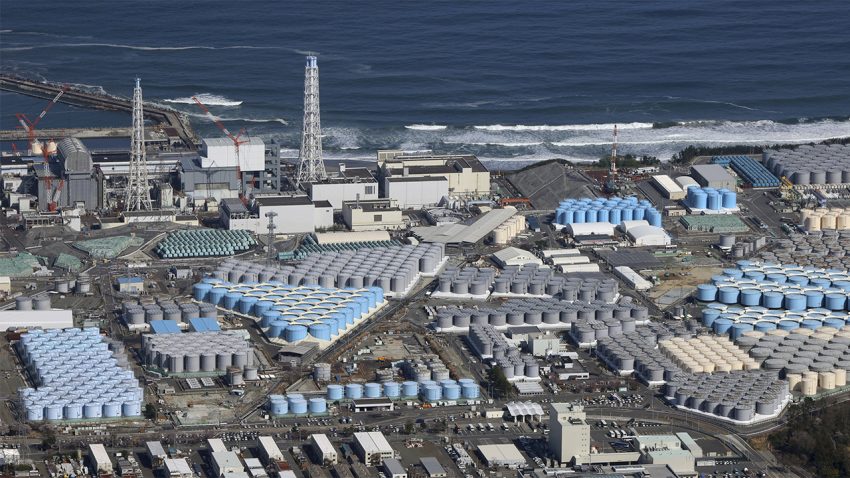The International Atomic Energy Agency’s (IAEA) first independent sampling and analysis of seawater near the Fukushima Daiichi Nuclear Power Station (FDNPS) since discharges of ALPS treated water started on 24 August confirms that the tritium levels are below Japan’s operational limit.
Agency staff present at the IAEA’s Office at the site sampled seawater from several locations within three kilometres from the Fukushima site, at sea and from the coast.
The Agency’s independent sampling and measurement of the seawater from the coast shows consistency with the values reported by Tokyo Electric Power Company (TEPCO) – operator of the FDNPS – as well as the Ministry of Environment of Japan.
TEPCO reports daily public results on its website showing that the tritium activity concentration in the sea falls below its operational limit, that is, the limit set for operation of the ALPS discharge process that must not be exceeded. The Agency is continuing its analysis of all the seawater samples.
The IAEA’s safety review of Japan’s plan to release the treated water into the sea, carried out before the discharge started, concluded that Japan’s approach and activities to discharge ALPS-treated water are consistent with relevant international safety standards. The report noted that the controlled, gradual discharges of the treated water into the sea, as currently planned and assessed by TEPCO, would have a negligible radiological impact on people and the environment.
The discharge has polarised Pacific island nations, with some governments like Fiji and Cook Islands, accepting the IAEA’s assessment and others calling for the discharge to cease.
